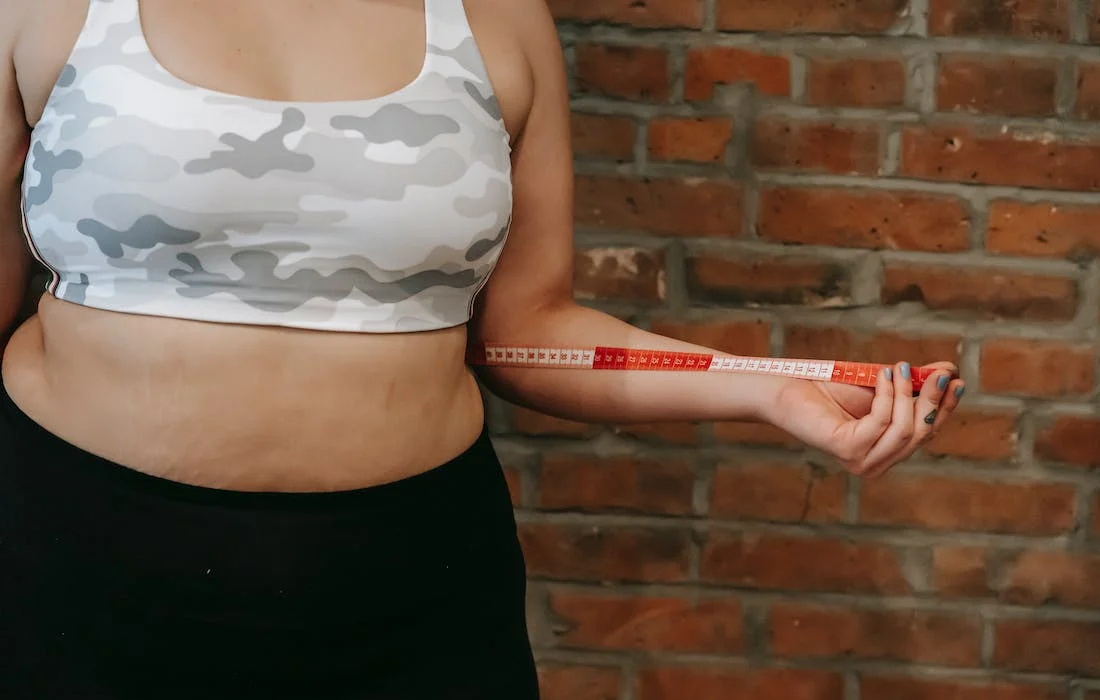Regenerative Medicine News and General Information
Storing Fat at the Waist May Not Up Diabetes Risk, Surprise Findings Indicate
Conventional wisdom holds that storing fat around your belly puts you at increased risk for type 2 diabetes. But surprising new findings from the University of Virginia School of Medicine suggest that naturally occurring variations in our genes can lead some people to store fat at the waist but also protect them from diabetes.
The unexpected discovery provides a more nuanced view of the role of obesity in diabetes and related health conditions. It also could pave the way for more personalized medicine — treatments tailored to the individual.
For example, doctors might prioritize weight loss for patients whose genes put them at increased risk but place less emphasis on it for patients with protective gene variants, the researchers say.
“There is a growing body of evidence for metabolically healthy obesity. In this condition, people who would normally be at risk for cardiovascular diseases and diabetes because they are obese are actually protected from adverse effects of their obesity. In our study, we found a genetic link that may explain how this occurs in certain individuals,” said researcher Mete Civelek, PhD, of UVA’s Center for Public Health Genomics. “Understanding various forms of obesity is important to tailor treatments for individuals who are at high risk for adverse effects of obesity.”
As medicine grows more sophisticated, understanding the role of naturally occurring gene variations will play an important role in ensuring patients get the best, most tailored treatments. The new work by Civelek and his team, for example, indicates that variants can simultaneously predispose some people to store fat at the abdomen — thought to put them at increased risk for a cluster of health problems called metabolic syndrome — while also protecting them from type 2 diabetes. (Metabolic syndrome raises the risk for diabetes, stroke and other serious health issues.)
One of the metrics doctors use to determine if a patient has metabolic syndrome is abdominal obesity. This is often calculated by comparing the patient’s waist and hip measurements. But Civelek’s research suggest that, for at least some patients, it may not be that simple. In the future, doctors may want to check a patient’s genes to determine how to best guide the person down the road to good health.
“We found that among the hundreds of regions in our genomes which increase our propensity to accumulate excess fat in our abdomens, there are five which have an unexpected role,” said Yonathan Aberra, the lead author of the study and a PhD candidate at UVA’s Department of Biomedical Engineering, a joint program of the School of Medicine and School of Engineering. “To our surprise, these five regions decrease an individual’s risk for type 2 diabetes.”
In addition to producing surprising findings, Civelek’s research provides important new tools for his fellow researchers seeking to understand the complexities of gene variations. The sophisticated approach Civelek and his collaborators developed to identify the relevant variants and their potential effects will be useful for future research into metabolic syndrome and other conditions.
The tools could also prove invaluable in the development of new and better treatments for metabolic syndrome, the scientists say.
“We now need to expand our studies in more women and people from different genetic ancestries to identify even more genes that underlie the metabolically health obesity phenomenon,” Civelek said. “We plan to build on our findings to perform more experiments to potentially identify a therapeutic target.”
Sources:
Yonathan Tamrat Aberra, Lijiang Ma, Johan LM Björkegren, Mete Civelek. Predicting mechanisms of action at genetic loci associated with discordant effects on type 2 diabetes and abdominal fat accumulation. eLife, 2023; 12 DOI: 10.7554/eLife.79834
University of Virginia Health System. (2023, July 27). Storing fat at the waist may NOT up diabetes risk, surprise findings indicate: For some people, gene variants may cause abdominal fat storage while protecting from diabetes. ScienceDaily. Retrieved July 28, 2023 from www.sciencedaily.com/releases/2023/07/230727144239.htm
Photo by Andres Ayrton from Pexels: https://www.pexels.com/photo/plus-size-woman-in-trendy-sportswear-measuring-belly-6551072/

